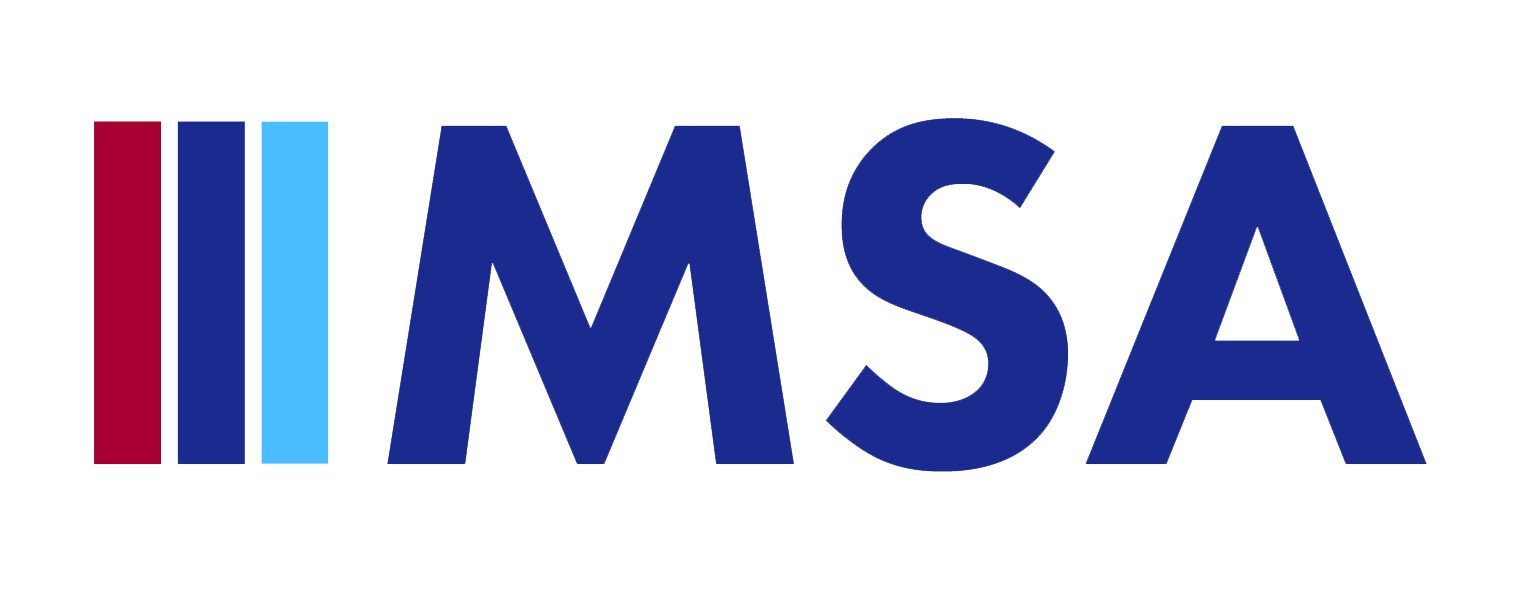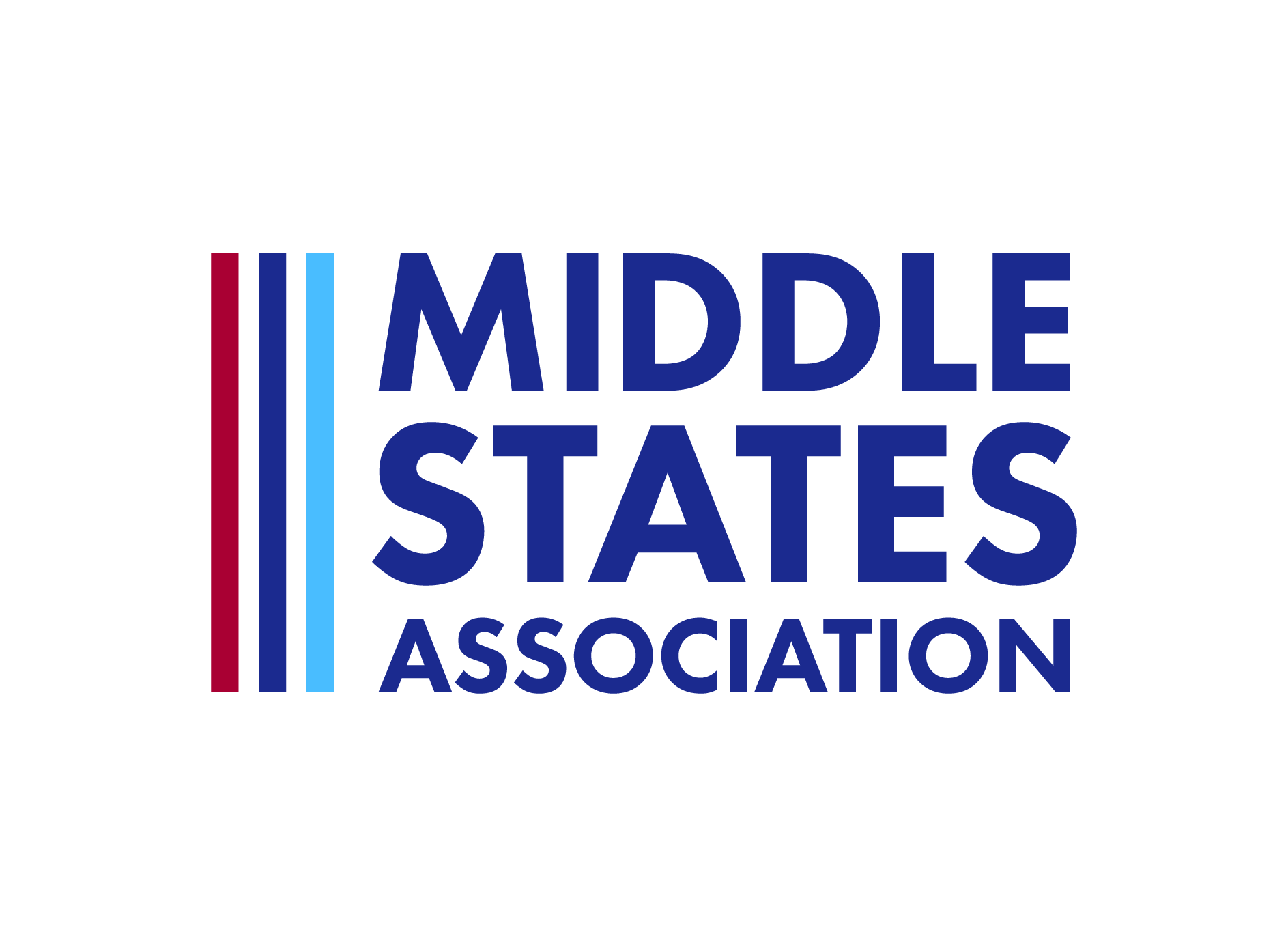I began my career in the 1970s, just when technology was being introduced into the classroom.
Today, I remain fascinated by the promise that technology holds for the future of education.
In the 1980s I introduced Texas Instrument’s 99 as a technology resource for teachers only to be told that computers in the classroom were a fad. In the ’90s I was opposed by a conservative religious group when introducing basic computer skills into the curriculum because using computers was an affront to God. I spent much of the early 2000s integrating technology as a means to enrich the traditional instructional model. And I am enthusiastic today about the prospect of paperless classrooms and the technology supported personal learning experiences that will lead to improved student performance, a goal that continues to elude many schools. It all sounds wonderful, but adding technology alone to our outdated school structures will not achieve the technological literacy our students will need. The class of 2031 was born this year and to transform our schools in ways that will be relevant to this latest generation will require more than the introduction of digital learning.
While I prefer a real book to an e-book, I concede that the potential of on-line curriculum materials that capitalize on the advantages of e-learning can be considerably more effective and will eventually be more cost efficient. Any written text is outdated the day it is adopted. The possible casualties of digital learning I keep hearing about like penmanship, the Dewey Decimal system and backpack manufacturing are outweighed by the motivation e-learning can provide, the engagement it offers to both students and teachers and the ease with which it can provide instant and rich data about what students are learning.
But technology will work only if it is integrated properly. Publishers who merely put their hard copy content on line will continue to miss the mark. Districts that invest in technology without the corresponding investment in professional development will be doomed to repeat the costly mistakes that many have already made. And teachers who place their students passively in front of computers for prescriptive, programmed learning will miss the opportunity to engage their students and personalize their students’ learning by using the real time formative data that true e-learning can provide.
While the prospect of a paperless classroom is in and of itself attractive just for its environmental impact, it is the potential to have students correct their own mistakes, improve their own writing and work with materials customized to their own abilities that will be the real payoff. According to Steve Graham, a professor of education at Arizona State, that payment is a 20 percentile jump in student performance.
I recently visited a school doing exactly that. It heavily invested in technology as a means of achieving quality control over what students were being taught. The instructional model and the assessment practices were aligned with the curriculum and program decisions were data driven.
The result was a highly individualized and personal educational program that ensured that the student, the teacher and the students’ parents were kept informed on the student’s progress. Sounding like a glimpse of an Orwellian future, in reality it was an exciting contemporary alternative to a traditional school experience. Students were not time traveling back to the 19th century as they are expected to do in most schools. Their school experience was actually preparing them for the future in ways familiar to them from their current out of school experience.
Technology is not a panacea for all of the challenges many students and the schools that serve them face, but it can be the path to better preparing our students. Last year, the President announced a federal effort to get smart technology in the hands of every student by 2017. As educators we need to make every effort to ensure that our schools are ready to take full advantage of that opportunity. Concerns from optometrists about blue light exposure, from occupational therapists about carpel tunnel syndrome and parent concerns that they can’t help their students with on-line assignments will all need to be addressed. But at the end of the day our schools and our classrooms will need to look a good deal more like tomorrow and a lot less like yesterday.
It took us way too long to get overhead projectors from the local bowling alley to our classrooms. This time around we need to keep pace.

